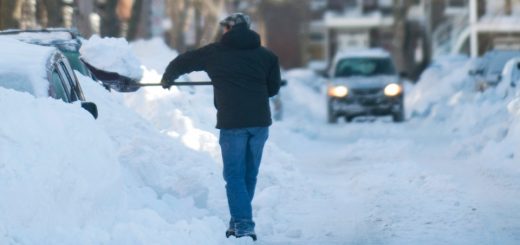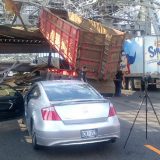Motor vehicle accidents happen every day in Canada and around the world. When it comes to accidents causing minimal damage, the question becomes to report or not to report? Generally speaking, any accident with a combined damage of over CAD $2000 must be reported, by law. But, this doesn’t outline what to do when it comes to minor incidents. This article will briefly outline how to handle these types of accidents in Canada by looking at multi-vehicle incidents, settling outside of insurance, single-vehicle accidents, and when to always report.
Multi-Vehicle incidents
Being involved in a multi-vehicle accident is never pleasant. But in the event you are involved in one, it is always important to collect the information of all the parties involved, including driver’s license number, names and contact info, insurance policy numbers, licence plate number, name of insurance company, car make and model, and note information about the weather and road conditions, as well as the time and location of the accident. This needs to happen even if you don’t plan to file a claim, as you never know what could happen in the hours or days to follow. In other words, you might feel fine today, but tomorrow might be a different story.
If the damage is under the required $2000 mandatory reporting minimum, then it is not necessary to report the accident. In cases such as these, deciding whether or not to file a claim/report is up to you. That being said, if you are ever in doubt, call your insurance company. This doesn’t mean a claim will automatically be generated, because to do so would require your permission. However, they are able to offer advice on the topic, which you can use to decide whether or not to make a claim or settle outside the insurance policy.
It is important to note that even if you choose not to report the accident, you are still required to inform your insurance company.
Settling outside of insurance
Should you decide to settle outside of insurance, there are a number of things you need to keep in mind, and do. All of the information noted in the previous section still needs to be collected, as well as very detailed info about the damage that occurred.
Make sure to have a hand written note in which both parties – the at-fault and victim – can sign. This note should include acknowledgement of fault and that costs will be handled by the responsible party. If damage is known, it should be indicated, and a timeframe for when all work is to be completed. The note should also include the date, and names – both printed and signed – of all involved parties, before giving everyone a copy.
Single-vehicle incidents
How to deal with a single-vehicle accident is a little different, yet in many ways less complicated. It there is no damage or injury, no claim needs to be made. However, it is essential to make sure to assess not only the vehicle, but the surrounding property. This is because any property damage needs to at least be reported to the owner.
When to report
Although this article has indicated that deciding to report an accident or not is up to the involved parties, there are a number of instances that always require involving the police. These include: when an injury has occurred, if the accident was the result of a criminal act (driving under the influence) – regardless of the damage, if the other driver is unlicensed or uninsured, or if the accident involved a pedestrian or cyclist.
Regardless of the scenario, the best way to determine when to report or not is mostly up to you. Settling the matter yourself can prove to be beneficial, provided the other party also complies. Remember, if injury occurs, it is always important to report, even if it seems minor. This will save you, and any other affected party from unwanted stress and hardship down the road.







